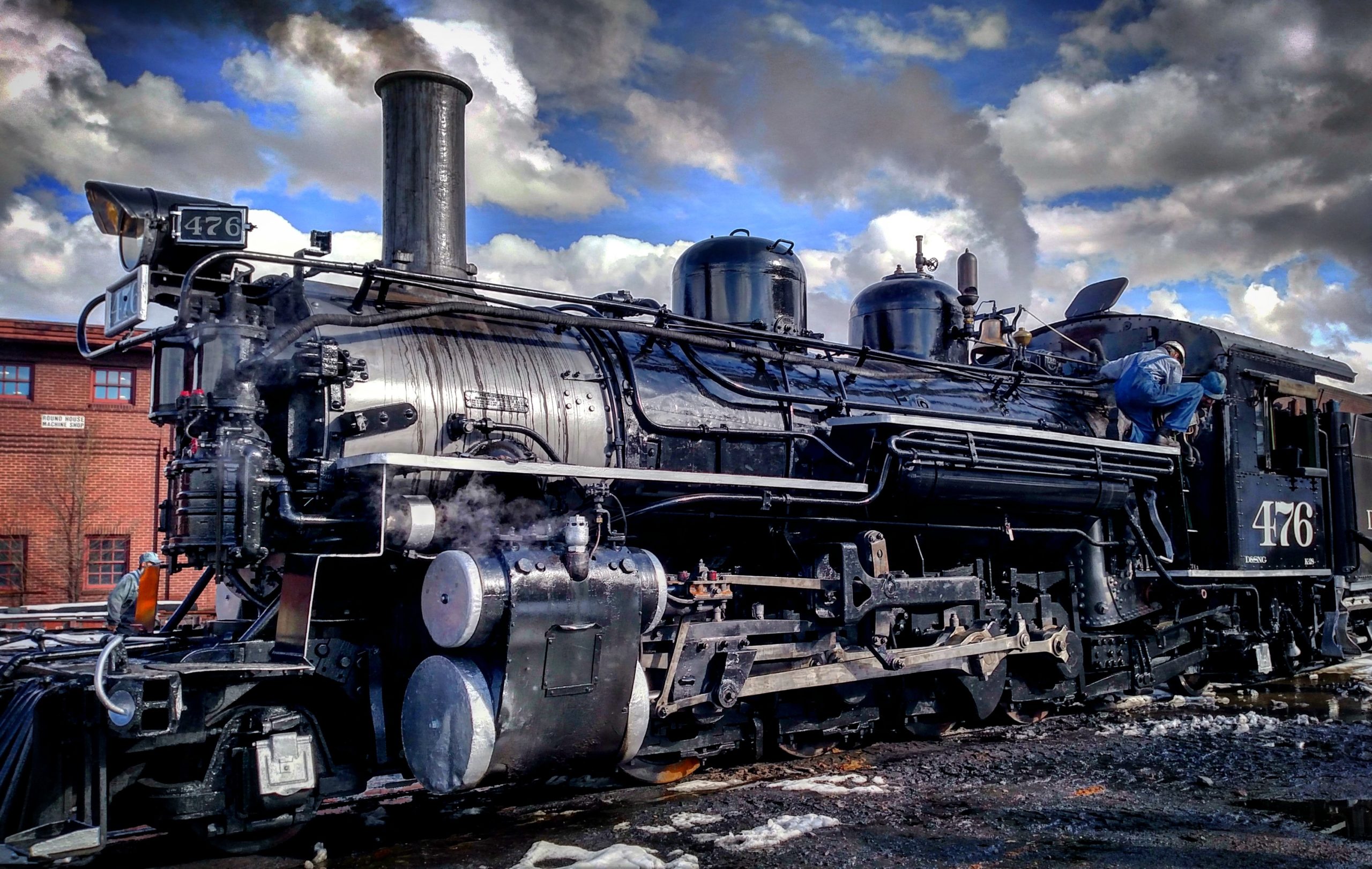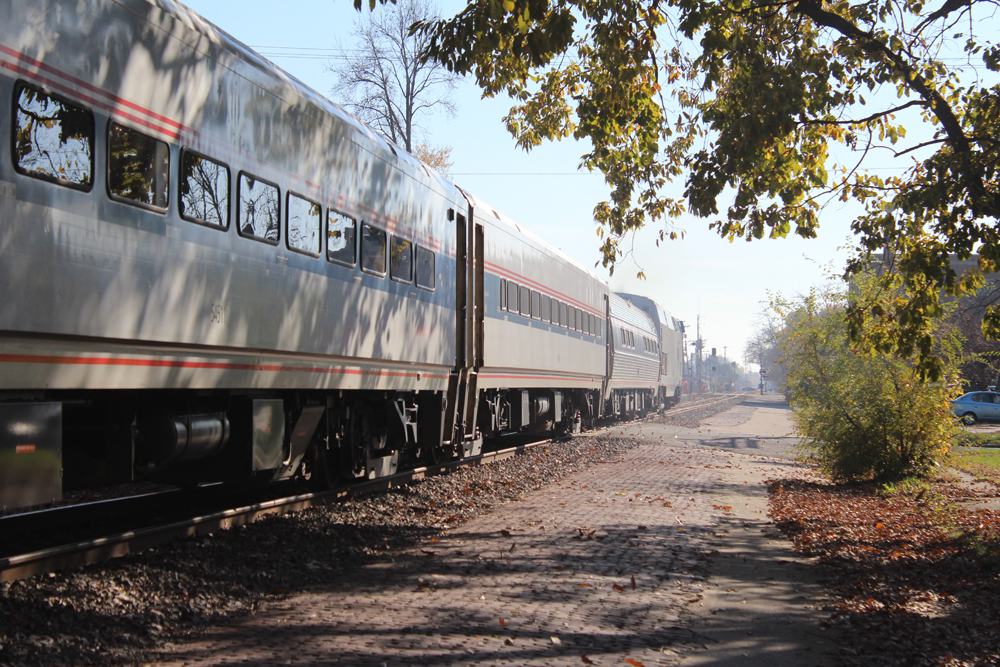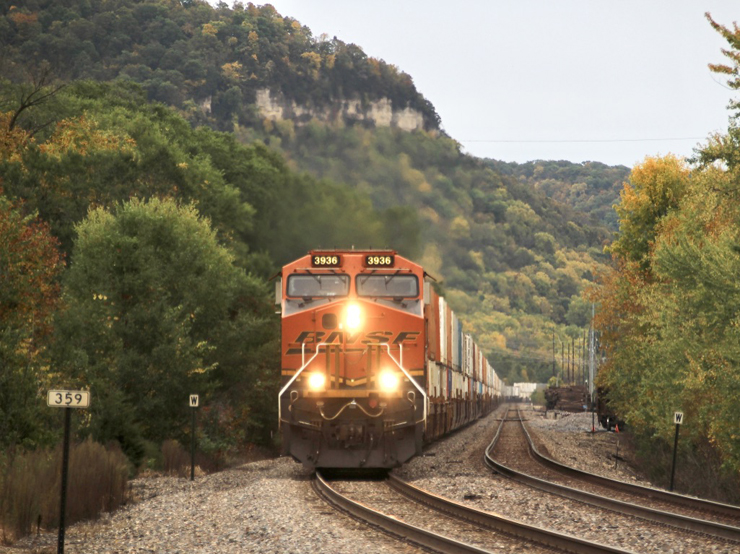“The rebuild, restoration, and return of service of No. 476 marks another significant milestone in the ongoing growth and development of this company, and further demonstrates our ongoing commitment to preserving all aspects of Colorado’s rich and fascinating railroading history,” said Al Harper, co-founder, chairman and chief executive officer of American Heritage Railways, and head of the Durango & Silverton Narrow Gauge Railroad. “The D&SNGRR roundhouse crew did a tremendous job, and devoted thousands of man hours over several years, to repairing No. 476 and getting it into tip-top condition. The engine gives the railroad a fleet of six locomotives in the rotation of operational steam power.
Built in 1923 by the American Locomotive Co., No. 476 served the Denver & Rio Grande Western Railroad during its heyday, including transporting the San Juan Express passenger train from Durango to Alamosa, Colo. In 1969, along with sister engines No. 473 and 478, No. 476 became the primary motive power on the Silverton line, and it notably hauled the first D&SNGRR passenger train in 1981 after Charles Bradshaw bought the line from the Rio Grande. The engine has not been in service since 1999.
“Although the rationale behind rebuilding No. 476 was adding to the DS&NGRR’s locomotive fleet, it also has given our maintenance staff the opportunity to take a project to a different level than they normally would have the chance to do,” says D&SNGRR mechanical foreman Randy Babcock, who supervised the work. “We’re always pressed for time getting our engines ready to run, so the chance to work on a multi-year rebuild allowed our crew to expand its skill set, especially in the finer points of boilermaking and locomotive machining. No. 476 is really just the first of our engines to receive some of this work.
“With the introduction of revised Federal Railroad Administration regulations in 2001, the D&SNGRR maintenance team has had to do things to No.476 that had already been done years ago to our other locomotives,” Babcock said. “In addition to the FRA-mandated repairs and inspections, the crew has rebuilt the locomotive’s wheels and drivers; replaced the smoke box; repaired some cylinder and frame problems; switched out its front and rear flue sheets; and revamped the boiler. Our goal is to make sure No. 476, and all of our steam locomotives, are around for the next generation to experience”.















I don’t understand the statement that 1969 was the year that the D&RGW Silverton Branch was only powered by 473, 476, and 478. My recollection is that throughout the 60s they were the only engines allowed due to bridge or some other restrictions. Prior to that, Mikados 450-464, I believe, along with Consolidations were allowed but they were all retired at least by 1961. Other D&RGW narrow gauge engines operating In the 60s to Alamosa and to Farmington were the 480s and 490s Mikados, but it was not until the D&SNG era that alterations were made to allow 480s and a lone 490 to operate to Silverton. At any rate, I’m glad to see that 476 is back in operation.
Had the privilege of riding behind 476 on Sunday. Wonderful experience. Was already booked on the winter photo special and the 476 added to the “big fun” quota. Highly recommend any of the D&S RR special events. They are always well managed and the crews are friendly and efficient.
Fantastic news! Nice to read something positive for a change. Looks like it’s time to plan a trip to Colorado..
1st class rr. Everyone should experience it at least once.